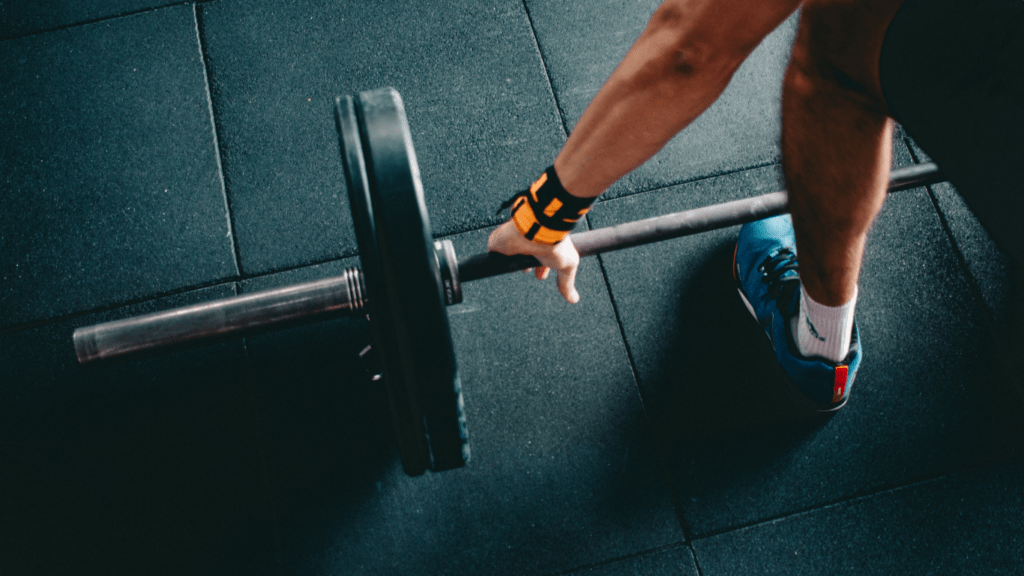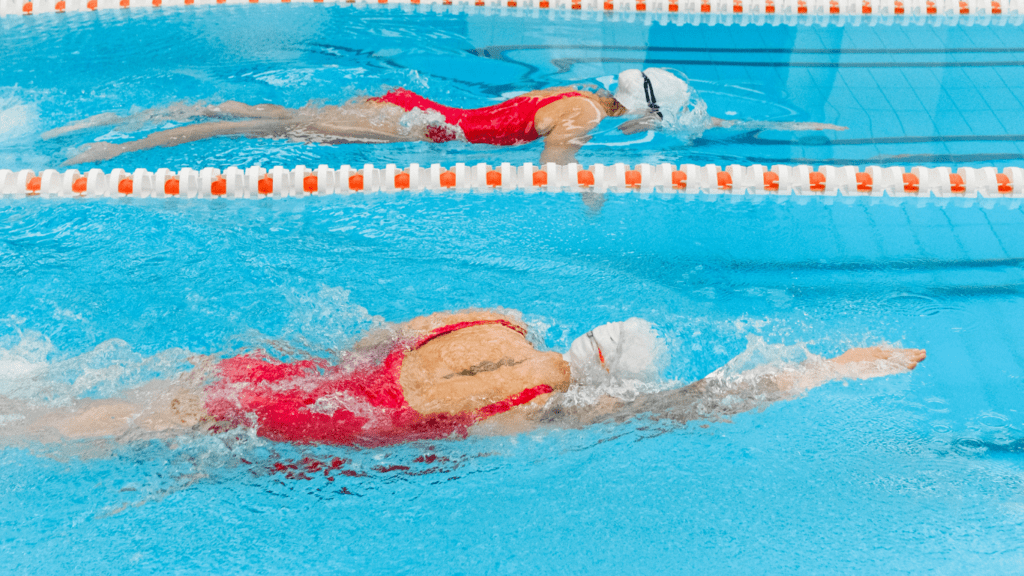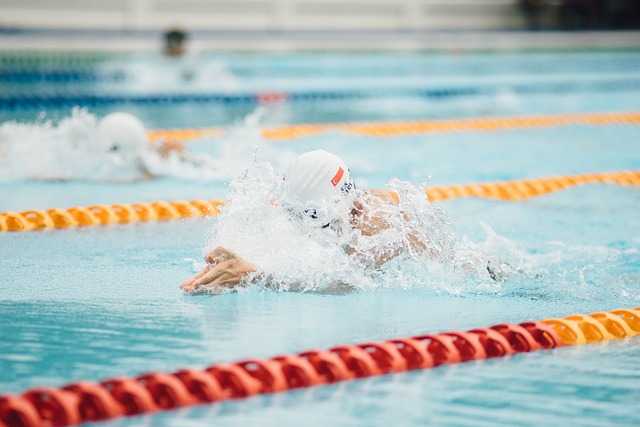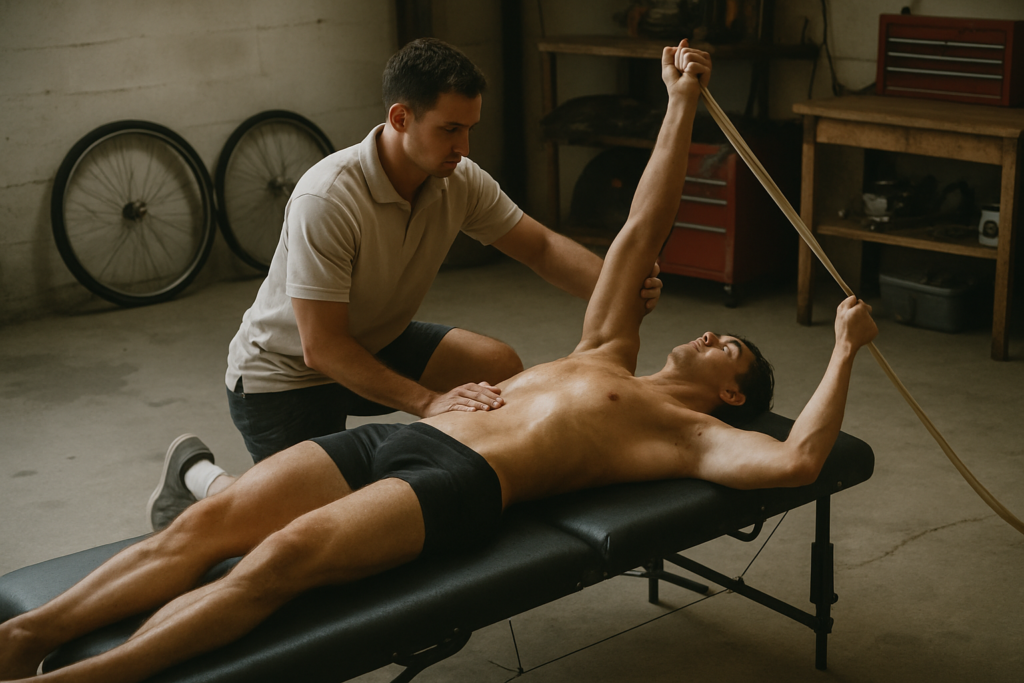As a seasoned swimmer, I understand the critical role that strength training plays in enhancing performance in the water. In this article, I’ll delve into effective strength training routines tailored specifically for swimmers looking to take their skills to the next level. Whether you’re a competitive athlete or a recreational swimmer, incorporating targeted strength exercises into your training regimen can make a significant difference in your speed, endurance, and overall swimming technique.
With a focus on building power, stability, and flexibility, these strength training routines are designed to complement your time in the pool and help you achieve your swimming goals. From core exercises that improve body rotation to resistance training that boosts propulsion, each workout is crafted to address the unique demands of swimming. Join me as we explore the world of strength training for swimmers and unlock the potential for peak performance in the water.
Benefits of Strength Training for Swimmers
Swimmers, like myself, can significantly enhance their performance in the water by incorporating strength training into their routines. Let’s delve into why swimmers need strength training and uncover the key benefits it offers for both performance and health.
Why Swimmers Need Strength Training
As a swimmer, I understand the importance of strength training in improving my performance. Building strength through targeted exercises is crucial for enhancing speed, endurance, and technique in the water. These exercises help swimmers, including myself, develop power, stability, and flexibility, which are essential for achieving peak performance levels. By focusing on strength training, swimmers can optimize their movements, prevent injuries, and excel in their swimming endeavors.
Key Benefits for Performance and Health
In my experience, the benefits of strength training for swimmers extend beyond performance enhancement to promoting overall health. Strength training not only boosts muscle strength and power but also enhances cardiovascular fitness, core stability, and muscular endurance. These improvements translate to better swimming efficiency, reduced fatigue, and increased resilience against injuries. Additionally, incorporating strength training into a swimmer’s routine can lead to better posture, balance, and coordination, fostering long-term health and well-being both in and out of the water.
By prioritizing strength training, swimmers can unlock their full potential, improve their performance, and maintain optimal health for a successful swimming career.
Essential Strength Exercises for Swimmer
Core Strengthening Workouts
- Planks: Engaging the core muscles for stability and strength.
- Russian Twists: Enhancing rotational power for efficient strokes.
- Leg Raises: Strengthening the lower abs for better body control in the water.
Upper Body Workouts
- Pull-Ups: Building upper body strength for powerful strokes.
- Shoulder Press: Strengthening shoulder muscles essential for arm propulsion.
- Lat Pulldowns: Targeting back muscles for improved posture and stroke efficiency.
- Squats: Developing leg strength for strong kicks and push-offs.
- Lunges: Improving leg endurance and stability for streamlined movements in the water.
- Calf Raises: Enhancing ankle flexibility and strength for efficient kicks during swimming.
Integrating Strength Training into Swimming Routines

To ensure effective integration of strength training into swimming routines, I emphasize the importance of designing a comprehensive weekly strength training program and striking a balance between pool time and gym time. By incorporating these aspects into a swimmer’s regimen, it enhances overall performance and optimizes training outcomes.
Designing a Weekly Strength Training Program
In designing a week-long strength training program, I recommend a structured approach that includes a mix of exercises targeting different muscle groups to improve power and endurance in the water. It is essential to incorporate a variety of exercises such as planks, Russian twists, leg raises, pull-ups, shoulder press, and lat pulldowns throughout the week to ensure comprehensive muscle development.
A typical weekly program may consist of:
- Monday: Focus on upper body exercises like pull-ups and shoulder press to enhance arm strength and propulsion during strokes.
- Wednesday: Engage in core strengthening workouts such as planks and Russian twists to stabilize the body and improve rotation in the water.
- Friday: Prioritize lower body exercises like squats, lunges, and calf raises to strengthen legs for efficient kicking and push-offs.
By structuring a weekly plan that covers all muscle groups, swimmers can maximize their strength gains and translate them into improved swimming performance.
Balancing Pool Time and Gym Time
Maintaining a balance between pool time and gym time is crucial for swimmers to prevent overtraining and fatigue. I recommend coordinating strength training sessions on days that complement swimming sessions to allow for adequate rest and recovery.
For instance, swimmers can schedule gym sessions on days with low-intensity pool workouts or during rest days to prevent muscle fatigue that may hinder performance in the water. It’s essential to listen to your body and adjust the intensity and volume of strength training based on swimming workload to avoid burnout and ensure consistent progress.
By striking a balance between pool and gym sessions, swimmers can optimize their training routine, improve overall fitness, and excel in their swimming endeavors.
Recommended Equipment and Resources
When it comes to strength training for swimmers, having the right equipment is essential to maximize performance gains. Here are some key tools and resources that can help swimmers enhance their workouts and achieve their fitness goals:
Essential Tools for Strength Workouts
- Resistance Bands: These versatile bands provide varying levels of resistance and are perfect for targeted strength exercises, such as shoulder rotations and hip abductions.
- Swim Paddles: Using swim paddles during strength training can help improve stroke mechanics and enhance upper body strength.
- Kettlebells: Ideal for full-body workouts, kettlebells can be used for exercises like kettlebell swings and goblet squats to strengthen multiple muscle groups simultaneously.
- Foam Roller: A foam roller is great for self-myofascial release, aiding in muscle recovery and reducing muscle soreness after intense workouts.
- Pull-Up Bar: Essential for building upper body strength, pull-up bars are perfect for exercises like pull-ups and chin-ups to target the back, arms, and core muscles.
- “Strength Training for Swimmers” by Patrick Ward: This book provides valuable insights into designing effective strength training programs specifically tailored for swimmers.
- SwimSwam Website: A comprehensive online platform offering a wide range of articles, workouts, and training tips for swimmers looking to enhance their strength and performance in the water.
- “Swimming Anatomy” by Ian McLeod: An informative resource that delves into the biomechanics of swimming strokes and offers exercises to improve strength, flexibility, and overall performance.
- USA Swimming: The official website of USA Swimming features training resources, workout plans, and tips from top coaches to help swimmers at all levels improve their strength and technique.
By incorporating these essential tools and resources into your strength training routine, you can take your swimming performance to the next level and achieve your fitness objectives efficiently.


 is a dedicated fitness enthusiast with a deep-seated passion for swimming and holistic health. Leveraging her extensive background in competitive swimming and personal training, she provides readers with expert advice on optimizing their workouts and enhancing their overall well-being. Kiara's writing stands out for its blend of motivation and practical tips, making complex fitness concepts accessible and actionable. She is committed to helping individuals of all levels reach their fitness goals by promoting a balanced approach to exercise and nutrition. In her articles on Swim Fast Stay Fit, Kiara shares her personal experiences, training techniques, and strategies for overcoming common fitness challenges, inspiring others to lead healthier and more active lives.
is a dedicated fitness enthusiast with a deep-seated passion for swimming and holistic health. Leveraging her extensive background in competitive swimming and personal training, she provides readers with expert advice on optimizing their workouts and enhancing their overall well-being. Kiara's writing stands out for its blend of motivation and practical tips, making complex fitness concepts accessible and actionable. She is committed to helping individuals of all levels reach their fitness goals by promoting a balanced approach to exercise and nutrition. In her articles on Swim Fast Stay Fit, Kiara shares her personal experiences, training techniques, and strategies for overcoming common fitness challenges, inspiring others to lead healthier and more active lives.
